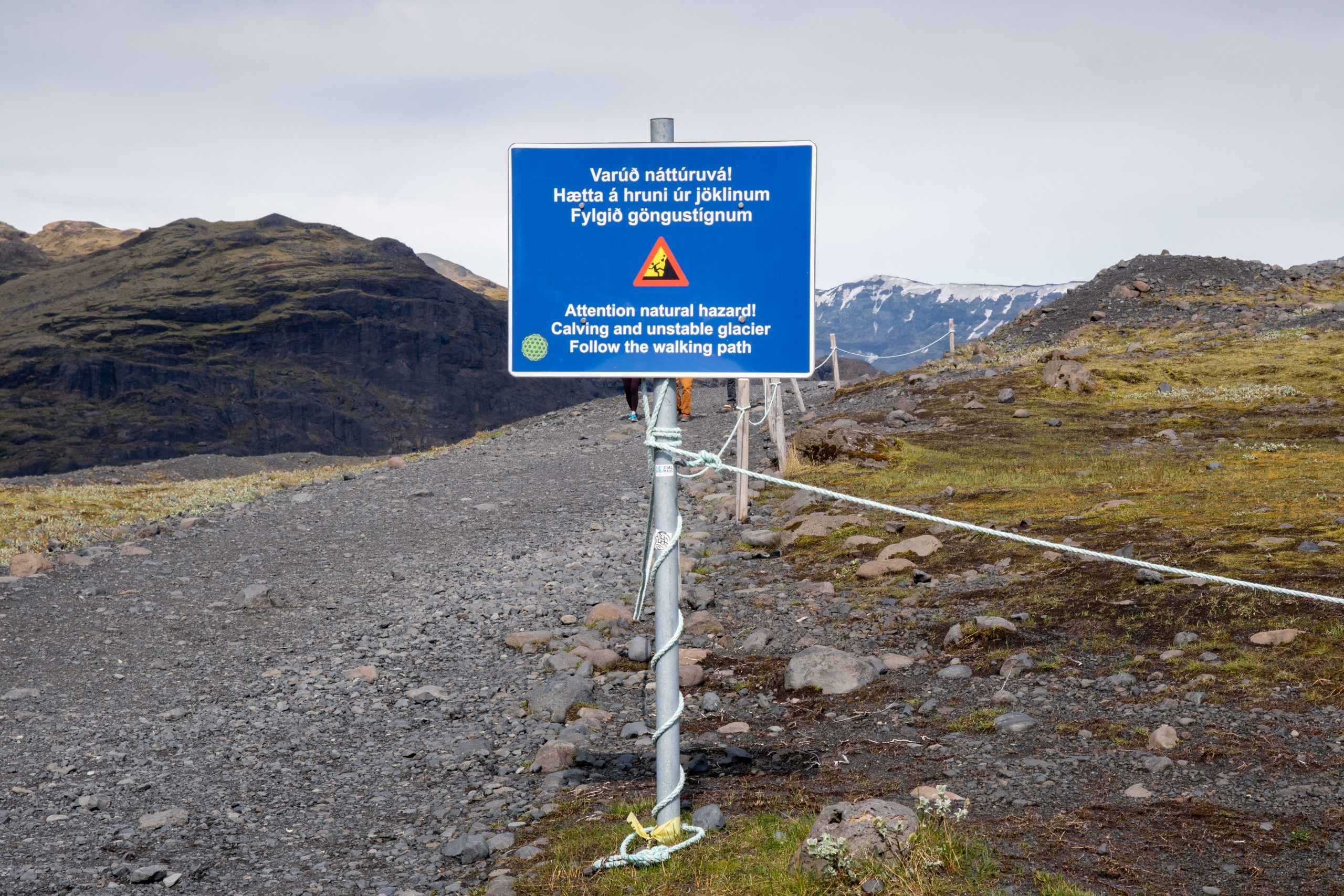Common Genres in Technical Communication
While this text takes a rhetorical approach to technical communication, it can also be useful to learn the conventions of common genres, and to understand how those genres are still flexible and responsive to a rhetorical situation. In this section we both examine the concept of genre as something that is based on social or cultural expectations, and as fluid or evolving. We explain the benefits to learning some common genres while also taking a rhetorical approach. As technical communicators, you will likely encounter unfamiliar genres, and while knowledge of genre conventions is helpful, it is also important to examine each new rhetorical situation and to frame writing as a process. Familiarity with common genres is helpful, but working collaboratively and taking each project on its own terms is also necessary. This chapter also talks about how, often, technical communicators are asked to work with existing documents, and to revise or remix them for a new audience and purpose.

After briefly describing theories of genre, this section covers the 5 main genres that you practice in WRIT 3562W: technical descriptions, instructions, proposals, reports, and presentations. This section provides overviews of those genres along with links to further reading, examples, and exercises.
Voices From the Field: How do you approach a new project?
“I don’t really have a prescribed process. Where I jump in as a writer depends project to project. Ideally, I’m able to start writing after workshopping with my product team to map the user journey, and to start with UX wireframes. More often than not I’m working with a designer or software engineer on something that already exists that either needs content or needs its content improved.”
Bill Siemers
Content Strategist, Facebook

